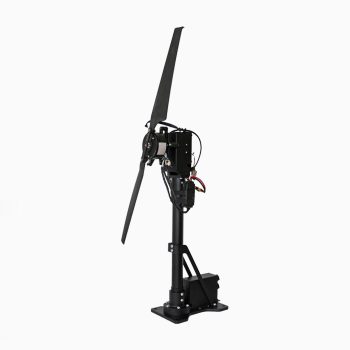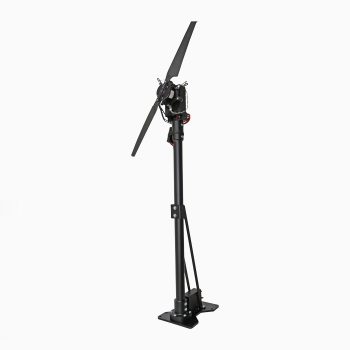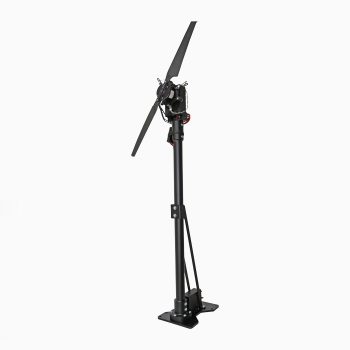Brushless motors have become popular in the last decade mainly due to their application in drones and some other unmanned aerial vehicles. But why are brushless motors preferred on aerial vehicles than their nemesis, brushed motors? In this article, we explore the advantages of brushless motors over brushed motors for applicationsin RC airplanes and drones.
Contents
- What is a brushless motor?
- The Working Principles of Brushless Motors
- Where are brushless motors used?
- Advantages of Brushless Motors over brushed motors?
- How to Select a Propeller in Brushless Motors?
What is a brushless motor?
Unlike the conventional brushed motors which use a mechanical commutation where rotating armatures with brushes are used to make the electrical connections. Brushless motors have no mechanical commutation but rather rely onelectrical signals for their commutation. The speed of the motor’s spin is controlled by a controller that sends periodic pulses of current to the motor’s electromagnets. Brushless motors are also called brushless DC electric motor (BLDC motor or BL motor), electronically commutated motor (ECM or EC motor), or synchronous DC motor.
The working principle of a brushless motor
The brushless motors have a reversed design in comparison to brushed motors. The working principle of a brushless motor is based on two main components. A rotor that holds the permanent magnet and a stator thatis wrapped with a copper coil that generates an electromagnetic field when an electric current passes through it. Inrunner brushless motors have the stator on the exterior and the rotor rotating inside; outrunner brushless motors have the rotor rotating outside the stator.
A microcontroller can be used to implement brushless motor commutation in software, although it can also be done using analog or digital circuits. Electronic commutation, as opposed to brush commutation (mechanical), offers greater flexibility and capabilities, such as speed limitation, micro-stepping operation for slow and fine motion control, and a holding torque when stationary, whichis not possible with brushed DC motors. For higher commutation efficiency, controller software can be tailored to the particular motor being utilized in the application.
Where are brushless motors used?
Applications for brushless motors include hand-held power tools, Remote controlled model airplanes, drones, automobiles, and computer peripherals (disk drives, printers). Brushless DC motors have made it possible to replace rubber belts and gearboxes in current washing machines with a direct-drive design.
Advantages of Brushless Motors over brushed motors?
The benefits of a brushless motor over a brushed motor are a high power-to-weight ratio, high speed, practically immediate control of speed (rpm) and torque, high efficiency, and little maintenance. In general, brushless motors are faster and more powerful than conventional brushed motors, and they also make less noise. Additionally, they operate more effectively and suffer from less or no power loss than brushed motors, which can be an issue because the brushes produce friction.
How to Select a Propeller in Brushless Motors?
Selecting the right combination of brushless motor takes is not a straightforward process, especially for newbies in RC planes and Drones design. There are a lot of things to take into consideration. Brushless motors are characterized by
- Commutation orientation (Innerrunners/outrunners)
- Speed (Kv values)
- Physical size (Diameter and height)
- Power
- Thrust
- Torque
We publish an article to discuss what each item means and how it affects the selection of brushless motors in detail.
Nonetheless, the best to get the most out of your drones is through testing the motor propeller combination and comparing the results. With our new product Dynotis ST-101 we have made testing easy. It allows you to optimize your efficiency by testing and selecting the best propulsion system for your design. Contact us to get a quote now.





